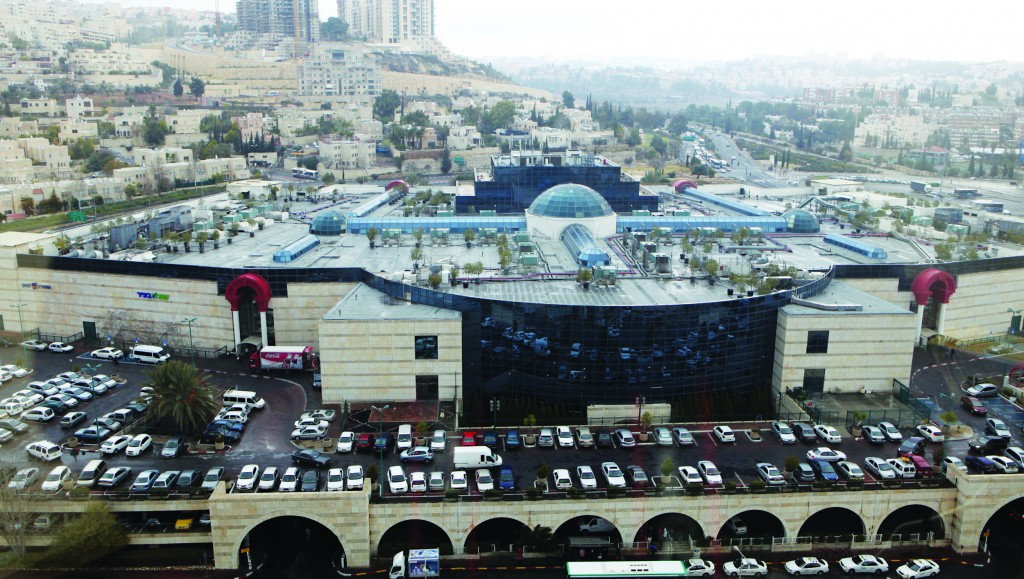Drought Hits Retail Stores, Tourist Industry

The record-breaking drought of January and February has dried up sales in retail outlets across Israel, Haaretz reports.
Hardest hit are the clothing and shoe chains. Sales were reported about 10% lower in January compared to a year earlier, and 7.5% lower in the first half of February, according to Retail Information Systems Israel (RIS), which collates information from over 2,200 stores around the country.
Indoor malls showed a 17% decline in sales in the first half of February; even worse than in January, which was about 10%.
For mini-malls, January sales also fell about 10%, though in the first half of February the dip was only 0.8%.
“I don’t remember a winter so not wintry since I’ve been in the business,” said a senior executive at a large fashion chain. “Only during the weekend of the December storm did people have the motivation to buy, but since then people have hardly bought serious winter items. Even during the week of the storm we didn’t particularly benefit because some of the stores were closed — in Yerushalayim and elsewhere.”
And while spring and better times may be just around the corner, nobody seems to have told shoppers. They’re not buying for spring either, said a senior mall executive.

Israel has only two fashion seasons and only two months of moderately cold weather, notes Tamir Ben Shahar of the consulting firm Czamanski & Ben Shahar.
This year’s non-winter has hurt the tourism industry, too. Snow tourists haven’t come to the Mount Hermon ski site, and many businesses across the north, from gas stations to restaurants to grocery stores, are having a tough time.
Whereas in an average year an estimated 200,000 to 300,000 people visit the Hermon, only around 35,000 have arrived this winter.
“This is a catastrophe that affects the entire region,” said Shaul Ohana, the manager of the Hermon ski site. The weather will also have a negative effect on the summer kayaking and rafting season in the north, he said, adding that the site was losing money this year.
As for hotels and bed and breakfasts, in the northern Golan Heights occupancy is some 30% below last year’s levels, while business is a bit better in the southern Golan, said Shmuel Hazan, the head of the Golan Tourism Association.
This article appeared in print on page 18 of edition of Hamodia.
To Read The Full Story
Are you already a subscriber?
Click "Sign In" to log in!

Become a Web Subscriber
Click “Subscribe” below to begin the process of becoming a new subscriber.

Become a Print + Web Subscriber
Click “Subscribe” below to begin the process of becoming a new subscriber.

Renew Print + Web Subscription
Click “Renew Subscription” below to begin the process of renewing your subscription.











